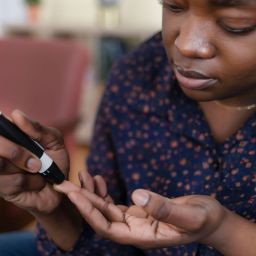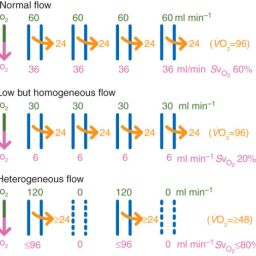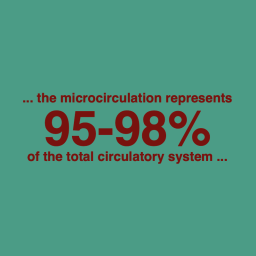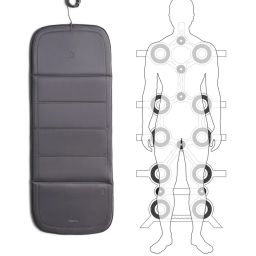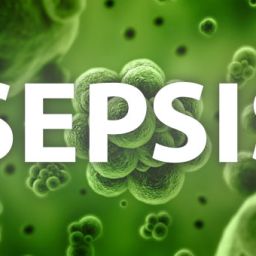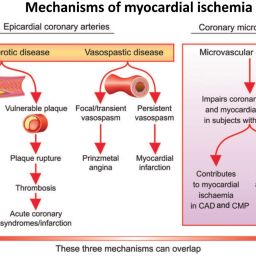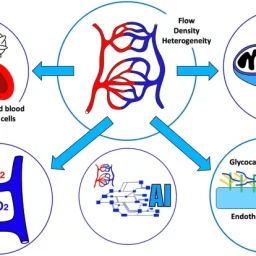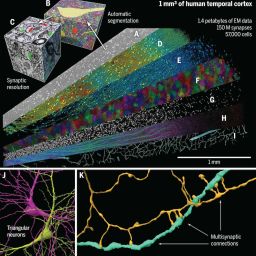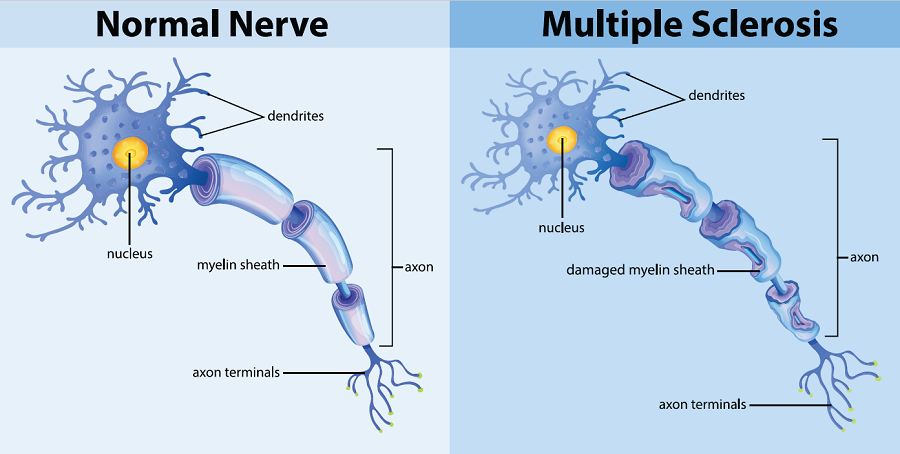
Effect of BEMER Therapy on the Strength of Tensor Fascia Lata Muscle in Sclerosis Multiplex
Dr. Péter Duray, Internist, Motor Rehabilitation Specialist, Sport Physician, Medical Economist

In the treatment of sclerosis multiplex, magnetic therapies have always been among the most efficient procedures in physiotherapy. This study aimed at measuring the effect of BEMER therapy on the strength of lower limb extensor muscles in sclerosis multiplex. In the study, 20 patients underwent a physical examination, the EDSS (disease-specific disability test), the FIM (Functional Independence Measurement) to evaluate disability, and Multicont II computer dynamometric tests to measure muscle strength, along with video recordings to present motor coordination at baseline, regardless of the patients’ age, gender, SM type, and disease stage. The lower limb muscle strength test was isometrically illustrated by measuring the maximum voluntary torque.
Subsequently, we administered BEMER therapy over 6 weeks, and then repeated the above measurements and tests. During these 6 weeks, no adjustments were made in drug therapy, lifestyle, or frequency of physical therapy. The results were compared with baseline measurements and the opinions of the patients. The beneficial effects of BEMER therapy can be inferred from changes in lower limb muscle strength.
Results
Overall, according to objectivized and measured values, all 20 patients showed improvement in muscle strength. On average, compared with baseline, an increase in muscle strength of 75% and 32% was measured on the weaker and stronger lower limb, respectively. The difference between the muscle strength of the two lower limbs decreased, leading to improvement in walking pattern, balance, and coordination.
The patients were administered a disease-specific scale, the EDSS, which ranges from 10 (full disability) to 0 (walking without aid). This test evaluates the relation between the use of aids and walking distance. Improvements were observed in both measures. Walking distance increased while the use of aids decreased. On average, EDSS scores improved from 4.0 to 3.5. The Functional Independence Measurement (FIM) was also used, illustrating independent activities such as grooming, dressing, and toileting. FIM scores increased from 117 to 122, correlating with clinical experiences and patient opinions. Clear improvements in symptoms not formally measured included incontinency, fatigue, and mood.
2013 Video Evidence
A short TV spot about successful physical vascular therapy conducted on people suffering from multiple sclerosis in Hungary.
Source: BEMER Presentation of medical cases – Bemer+Medical+PDF (page 23)
Frequently Asked Questions
What is BEMER therapy?
BEMER therapy is a physical vascular therapy that uses pulsed electromagnetic fields to improve microcirculation, muscle strength, and recovery in patients with chronic conditions like sclerosis multiplex.
How long is the BEMER therapy program in the study?
The therapy was administered over 6 weeks, with regular sessions measuring muscle strength, coordination, and disability before and after the program.
What improvements were observed in patients?
Patients experienced increased lower limb muscle strength, improved walking pattern, balance, coordination, and enhanced independence in daily activities. Symptoms like fatigue, mood, and incontinency also improved.
Physical Vascular Therapy in Practice – Scientific Evidence and Therapeutic Applications
Watch this video for scientific evidence and therapeutic applications of physical vascular therapy:
